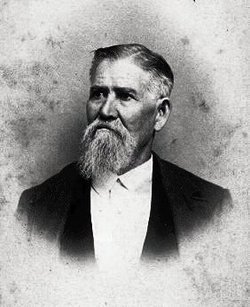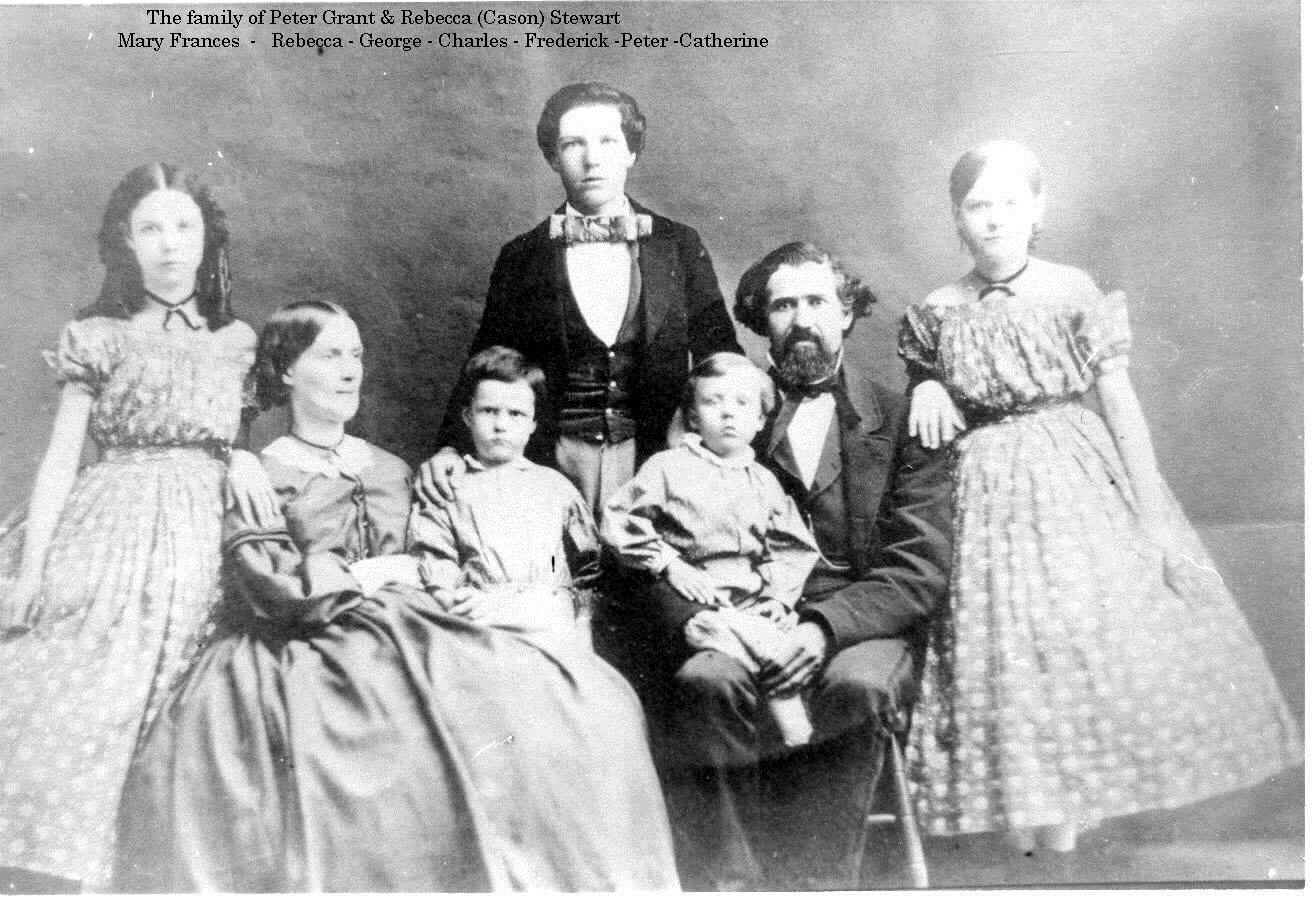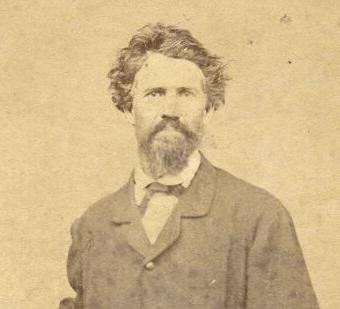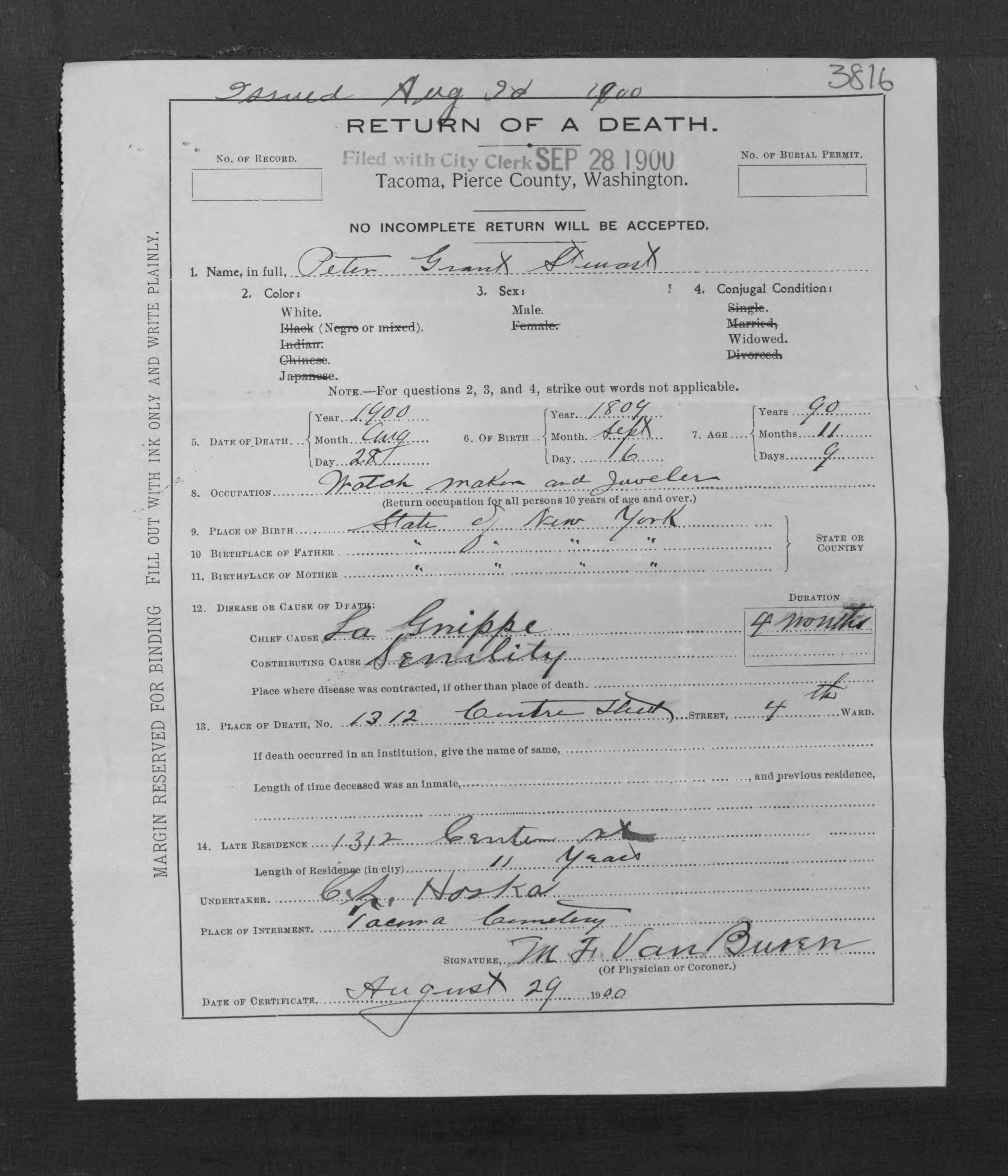His claim at Pacific City on Baker Bay near the mouth of the Columbia was taken by the Federal government to become part of Fort Canby, per an order signed February 26, 1852 by Millard Fillmore. PGS had purchased land from Eliza White in 1850, cleared land for a garden, and in April 1850 went to San Francisco, where he purchased iron plates,which were cut and punched so he could bolt them to his house for safety against attack. His iron house was one story high with three rooms. He was also an owner of Pacific Milling Company in Pacific City. PG Stewart served as first judge of the district court for Clackamas Co., Or, port surveyor for Pacific City on the Columbia River in 1853, and city recorder for Gervais. He lived in Portland for many years, and his jewelry store was burned out twice. He died August 27, 1900 in Tacoma, WA.
For a more detailed biography, see http://www.rootsweb.com/~orgenweb/bios/pgstewart.html
References concerning P.G. Stewart include:
1) Histories
A) Overland to Oregon, by Edward Henry Lenox, 1904
B) Governors of Oregon, by George S. Turnbull, 1959
C) Oregon Native Son, Vol I, No. 1, May 1899
D) Oregon Trail, by I.H. Eide
E) History of the Pacific Northwest, Oregon and Washington, ed. by Elwood Evans, North Pacific History Co. of Portland, Or. 1899
F) How Masonry Came to Oregon, A brief history of Multnomah Lodge No 1
Oregon City, 1846-1965, compiled by Frank W Knoll
G) Dictionary of Oregon History
H) History of Lane County, pgs 144, 146
I) Washington Territorial Land Claims, Seattle Genealogical Soc. 1980
J) History of the Willamette Valley, by H.O. Lang
2) Oregon Historical Quarterly
Vol XXI, p. 312, 313 and Vol XXXI, p 21
For the memorial to his daughter Kate, see:
Katherine E (Stewart) Hannah
.
His claim at Pacific City on Baker Bay near the mouth of the Columbia was taken by the Federal government to become part of Fort Canby, per an order signed February 26, 1852 by Millard Fillmore. PGS had purchased land from Eliza White in 1850, cleared land for a garden, and in April 1850 went to San Francisco, where he purchased iron plates,which were cut and punched so he could bolt them to his house for safety against attack. His iron house was one story high with three rooms. He was also an owner of Pacific Milling Company in Pacific City. PG Stewart served as first judge of the district court for Clackamas Co., Or, port surveyor for Pacific City on the Columbia River in 1853, and city recorder for Gervais. He lived in Portland for many years, and his jewelry store was burned out twice. He died August 27, 1900 in Tacoma, WA.
For a more detailed biography, see http://www.rootsweb.com/~orgenweb/bios/pgstewart.html
References concerning P.G. Stewart include:
1) Histories
A) Overland to Oregon, by Edward Henry Lenox, 1904
B) Governors of Oregon, by George S. Turnbull, 1959
C) Oregon Native Son, Vol I, No. 1, May 1899
D) Oregon Trail, by I.H. Eide
E) History of the Pacific Northwest, Oregon and Washington, ed. by Elwood Evans, North Pacific History Co. of Portland, Or. 1899
F) How Masonry Came to Oregon, A brief history of Multnomah Lodge No 1
Oregon City, 1846-1965, compiled by Frank W Knoll
G) Dictionary of Oregon History
H) History of Lane County, pgs 144, 146
I) Washington Territorial Land Claims, Seattle Genealogical Soc. 1980
J) History of the Willamette Valley, by H.O. Lang
2) Oregon Historical Quarterly
Vol XXI, p. 312, 313 and Vol XXXI, p 21
For the memorial to his daughter Kate, see:
Katherine E (Stewart) Hannah
.














